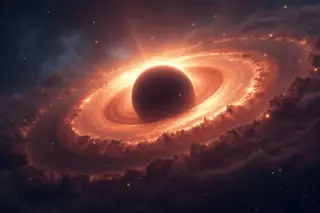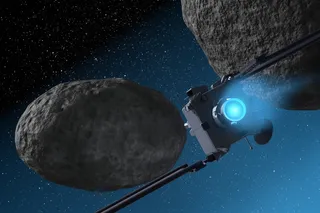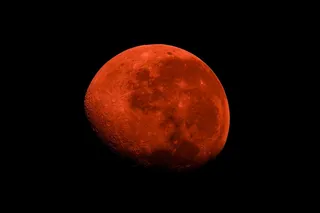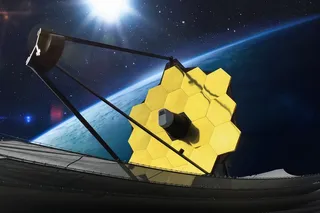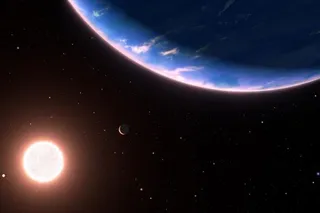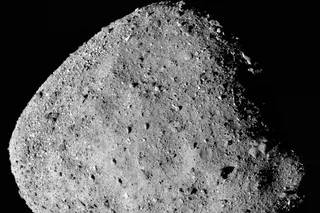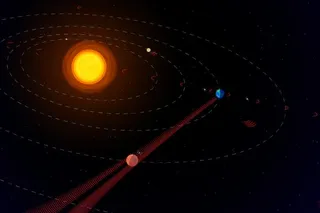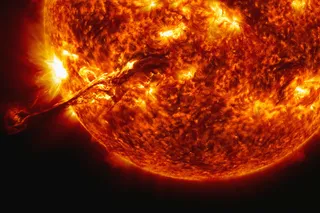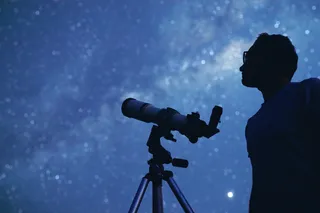When Lior Shamir, a scientist at Kansas State University, examined images from the James Webb Space Telescope Advanced Deep Extragalactic Survey (JADES), he saw something quite unexpected. The majority of the 263 galaxies he observed rotated in the same direction — with two thirds spinning clockwise, Shamir reported in the Monthly Notices of the Royal Astronomical Society.
Why is this significant? In a random universe, galaxy rotations should be roughly split in two directions. The fact that this doesn’t appear to be the case in our Universe suggests other forces we don’t completely understand may be at play.
“It is still not clear what causes this to happen, but there are two primary possible explanations," Shamir said in a press release. "One explanation is that the universe was born rotating. That explanation agrees with theories such as black hole cosmology, which postulates that the entire universe is the interior of ...


